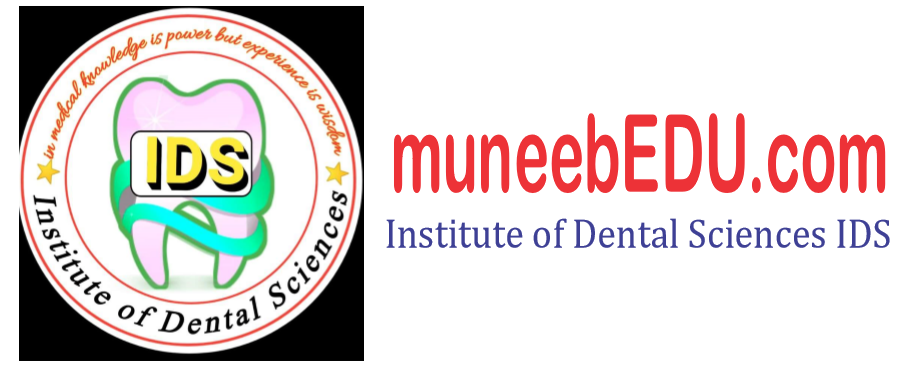Orthodontic Materials
In orthodontics, several key materials help create those beautiful smiles. Here's a quick rundown:
.jpg) |
| Orthodontic Materials-Types of Wires in Ortho |
1. **Brackets**
These little braces can be made from metal, ceramic, or plastic. They’re attached to your teeth to hold the archwire in place.
2. **Archwires**
These are the wires that run through the brackets and guide your teeth into the right position. They can be made from materials like stainless steel or nickel-titanium.
3. **Bands**
Think of these as metal rings that go around your molars to help anchor the rest of your braces.
4. **Elastics (Ligatures)**
These tiny rubber bands are used to secure the archwire to the brackets or connect different parts of your braces.
5. **Retainers**
After your braces come off, retainers help keep your teeth in their new position. They can be made from plastic or a mix of acrylic and metal.
6. **Clear Aligners**
These are like invisible braces! They’re clear, custom-fit plastic trays that gradually move your teeth into place.
7. **Bonding Agents**
These adhesives are used to stick the brackets or other appliances to your teeth.
8. **Expanders**
These devices help widen the upper jaw and are usually made from stainless steel and acrylic.
These materials are all part of the journey to a straighter, healthier smile!
Sure! Let's talk about the different types of wires used in orthodontics in a friendly way:
Types of Wires in Ortho
.jpg) |
| Types of Wires in Ortho |
1. **Stainless Steel Wires**
These are the classic, durable wires used in braces. They're strong and do a great job of moving teeth into place.
2. **Nickel-Titanium (NiTi) Wires**
These wires are super flexible and have a great "memory," meaning they return to their original shape, which helps move teeth efficiently. They're especially helpful at the start of treatment.
3. **Beta-Titanium (TMA) Wires**
A mix of strength and flexibility, these wires are great for precise movements and are often used in the middle and end of treatment.
4. **Copper Nickel-Titanium (CuNiTi) Wires**
These wires are similar to regular NiTi wires but include copper, making them even more flexible and responsive to temperature changes. They work great at the beginning stages of treatment.
5. **Multistrand Wires**
Made of multiple smaller wires twisted together, these are flexible and used for minor adjustments or finishing touches.
Each type of wire has its special role in helping to gently move your teeth into the perfect smile!
 |
| Each type of wire has its special role |
Complications
Orthodontic treatment can bring about fantastic results, but like any medical procedure, it can come with some potential complications. Here are a few that patients might experience:
1. **Discomfort and Pain**
Soreness or discomfort is common, especially after adjustments. This typically fades after a few days but can be uncomfortable.2. **Tooth Decalcification**
Improper brushing and flossing around braces can lead to white spots on the teeth, a sign of early decay.3. **Root Resorption**
In some cases, the roots of the teeth can shorten during treatment, which may affect long-term tooth stability.4. **Gum Problems**
Braces can make it harder to clean around the gums, leading to inflammation or gum disease if proper hygiene isn't maintained.5. **Jaw Pain**
Some patients might experience jaw discomfort or even temporomandibular joint (TMJ) issues due to the pressure from braces or aligners.6. **Allergic Reactions**
Rarely, patients can be allergic to the metal in braces or other materials used.7. **Relapse**
Teeth may shift back to their original positions if retainers aren't worn as directed after treatment.8. **Tooth Damage**
Accidental damage can occur to teeth or brackets, especially if patients eat hard or sticky foods.These complications are generally manageable and can often be minimized with proper care and regular visits to the orthodontist.
Advantages
Orthodontic treatment offers a wide range of benefits, enhancing both dental health and overall well-being. Here’s a detailed look at the advantages of undergoing orthodontic treatment:
1. Improved Dental Health
2. Enhanced Aesthetics
3. More Functionality Proper alignment of the teeth and suck
improves functionality, making everyday conditioning similar as biting and speaking more comfortable and effective. Misaligned teeth or an indecorous bite can beget difficulties with biting food, which might lead to digestive issues or nutritive scarcities. Orthodontic treatment helps insure that the teeth meet duly when you suck, which can enhance your capability to bite and enjoy a variety of foods.



.png)
.png)




0 Comments